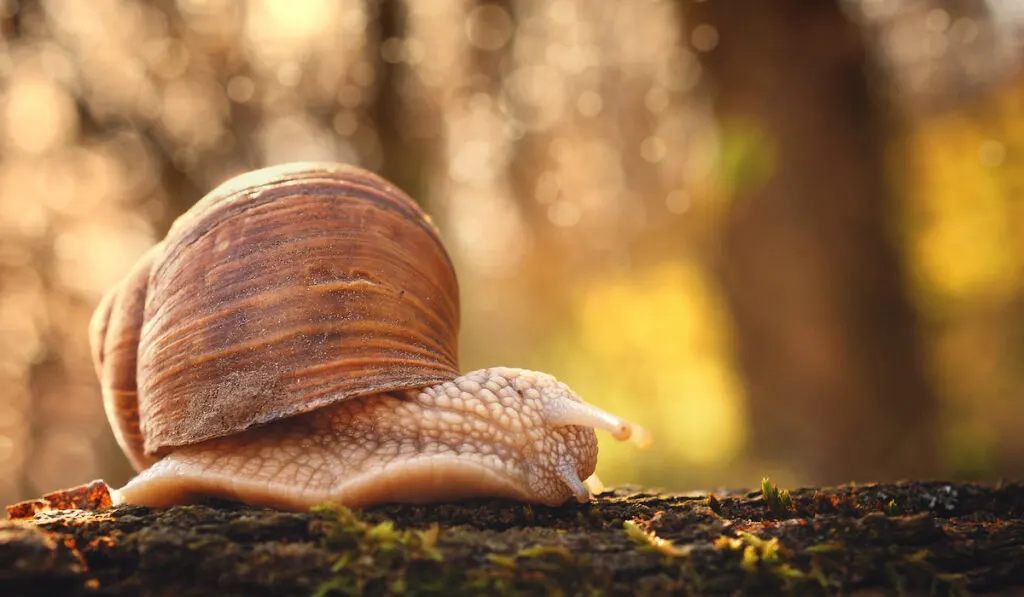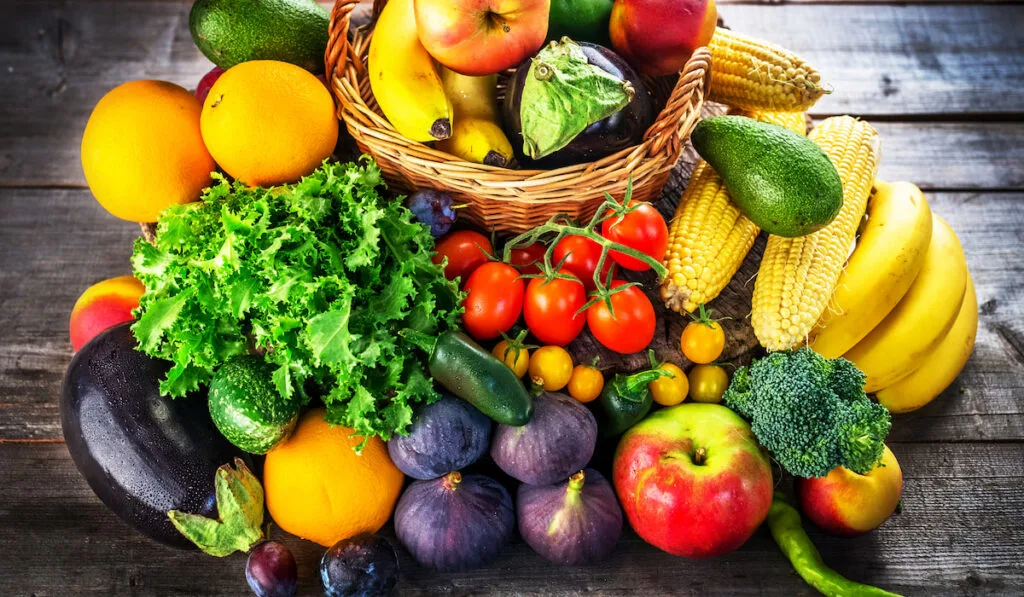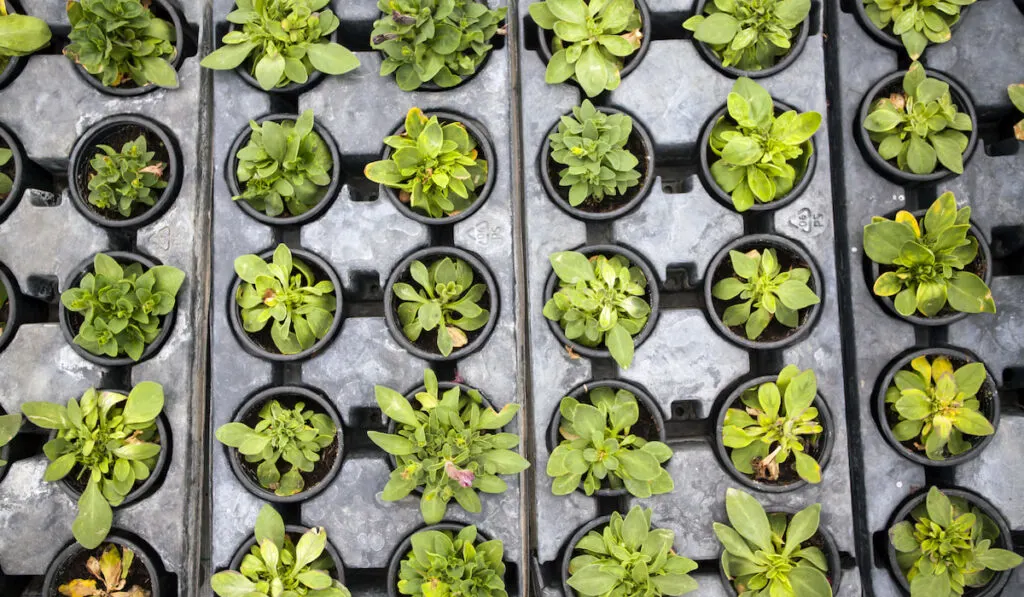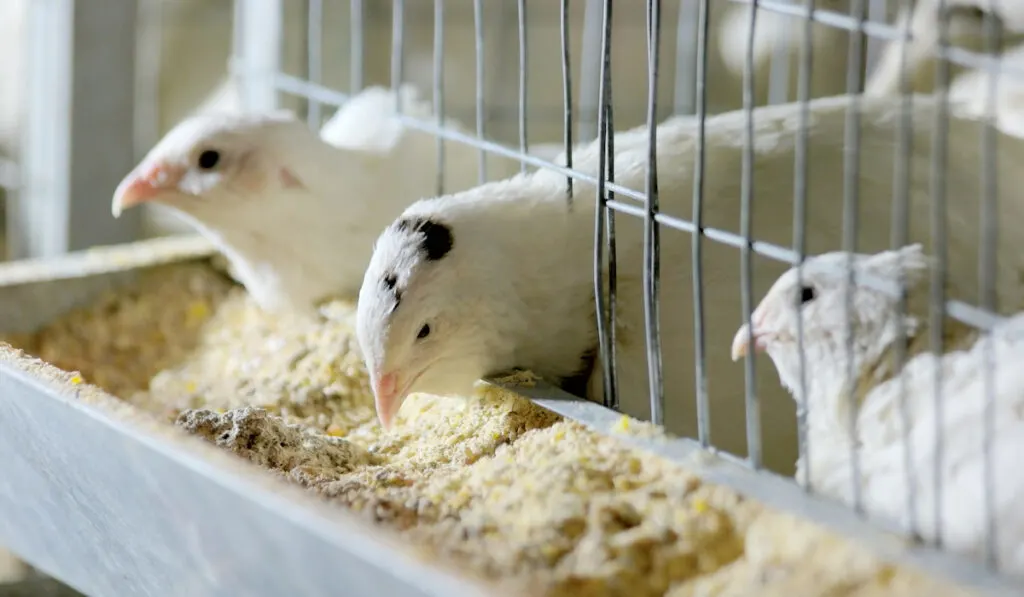Have you ever thought of raising unique birds such as quails? Quails have a lot of benefits and you should raise them to save you the cost of purchasing them as matured birds.
To raise quails, you will need to feed them with healthy feed containing sufficient nutrients. What do quails eat? Here are seven foods that you can feed to your quails:
Table of Contents
1. Processed Feed
Quails need their proteins and a balanced diet. The best feed for quails is processed feed as it is specifically formulated to match the nutrient requirements of your birds.
If you can get a quail-specific feed for your quails, that’s fine and recommended. You can, however, just use chicken feed for your quails.
Use chicken starter feed with 24% crude protein for your quails from 0-3 weeks of age. You can switch to feed with around 20% crude protein when your quails have passed three weeks of age.
Processed feed is expensive. Fortunately, you don’t have to just stick to feeding your quails processed feed. Here are more feed ideas for your quails:
2. Mealworms and Other Insect Larvae

Quails love their insect larvae. From safe caterpillars to edible pupae, your quails will do anything for young insects. Mealworms are popular insect larvae you can give to your quails. Mealworms are easy to get and you can also culture your own mealworms for the quails.
Here’s how to culture mealworms:
- Get Your Container: Any bucket will do, but I recommend plastic buckets as you can easily poke little holes in them (at the lower ends) for water drainage.
- Get Your Substrate: The recommended substrate for mealworms is bran (wheat or rice), but you can also use oats and other grains.
- Get Your Starter Mealworm Colony: You can get a couple dozen mealworms from the pet shop. Start with this small colony. Keep the mealworms on the container (with substrate).
- Give Your Mealworms a Potato: Cut a raw potato in half and place it on the substrate. Your mealworms can get carbohydrates and water from the potato.
- Give Your Mealworms Extra Sources of Nutrients: You should give fruits, rinds, vegetables, etc. to your mealworms to give them more nutrition (remember that if your mealworms are more nutritious, your quails will have more nutrients).
- Culture Them To the Next Colony: Allow this starter colony of mealworms to become adult beetles. When they are adults, remove the old substrate and pour in a new one as you wait for a new colony.
- Start Harvesting Mealworms for Your Quails: When the next colony of mealworms is growing, you can collect some for your quails. Do not collect every mealworm larvae as you have to allow some to become adults so that they can lay eggs (to renew the colony).
That was easy, right? If you feel that raising mealworms is not so easy, you can raise black soldier fly larvae as they are easier to cultivate for quails.

Asides from being food for quails, adult black soldier flies are very good pollinators that can increase your fruit yield (if you have a garden). Here’s how to raise black soldier flies:
- Get Your Adult Black Soldier Flies (BSF): You can get some from people that culture BSF near you or from a field with a lot of flowers.
- Place Your Attractants: Suitable attractants for black soldier flies are rotting bananas, bran, and anything organic with a pleasant smell.
- Place an Egg Collector on the Attractant: Place a stack of flat wood on the attractant. The adult flies will lay their eggs between the woods.
- Keep the Eggs on Moist Bran: In 2-3 days, you should see some movements of eggs on the bran.
- Give Your BSF Larvae Vegetables and Grains: Give them more food to increase their protein content.
- Harvest 70% of the Larvae in Two Weeks: Black Soldier Flies can grow over 1000% of their original size (after hatching). When their color becomes dark brown (before they pupate), you can collect them to feed your quails.
- Restart the Process with Attractants and Egg Catchers: So long as you have adult black soldier flies nearby, you will continue to have BSF larvae to feed your quails.
Raising black soldier flies is much easier and more passive than raising mealworms.
3. Other Invertebrates and Small Animals

Quails can also eat other invertebrates and little animals that they can find. When your quails are searching for food, they come across and eat various organisms including:
- Snails
- Earthworms
- Tadpoles
- Spiders
- Nematodes
- Grub worms
- Lizards
Quails can eat many organisms and help to reduce the population of pests in your yard.
4. Seeds and Nuts
Quails are birds and like every other bird, they love their seeds and nuts. Seeds and nuts contain a lot of proteins for your quails.
Asides from the nutrient content of seeds and nuts, they can be used as treats for your quails. Examples of seeds and nuts that quails enjoy eating are:
- Peanuts
- Snap peas
- Boiled Beans
- Safflower seeds
- Sunflower seeds
Make sure that you give your quails these healthy treats.
5. Fruits and Vegetables

Fruits and vegetables are healthy and sweet treats for your quails. Fruits have a lot of carbohydrates, vitamins, minerals, etc. and vegetables are rich in fibers and other nutrients. Examples of fruits that your quails can eat are:
- Grapes
- Oranges
- Bananas
- Pineapples
- Watermelons
Vegetables that your quails can eat are:
- Carrots
- Broccoli
- Cabbages
- Asparagus
- Cauliflower
Since fruits and vegetables may not have enough proteins for quails, you should be sure that these are only fed to them as a treat or supplement to their other foods.
6. Grains
Just like other birds, you need grains to raise quails successfully. Grains are the seeds of grasses and other grass-like plants such as wheat. Grains make excellent food and treat for your quails.
You can also use grains to train your quails to return to their coop (or cage) in the evening.
Examples of grains that your quails can eat are:
- Rye
- Wheat
- Millet
- Barley
- Sorghum
You can also give cracked corn to your quails, but don’t give them too much as corn has too many carbohydrates.
7. Grass and Young Plants

Quails are omnivores and you can sometimes find them eating grass leaves and the leaves of young plants (seedlings). They also eat flower buds and growing seeds.
If you are raising quails in free-range close to a garden, you should consider starting your seeds in a nursery far from the reach of your quails. Not to worry, however, as you will likely raise your quails in a cage.
How to Raise Quails
Here are some useful tips to raise quails:
- Keep Their Cage in a Suitable Place: You may not want your quails to roam freely as it is easier to raise them in cages. Get a cage and elevate it over any bedding material (i.e. the cage is hung way above the bedding).
- Always Provide Food: Quails need food to grow and produce eggs. Make sure that food is always available for them.
- Change Water Regularly: To prevent your quails from getting a disease, you should wash their water trough regularly and make sure that they only drink clean water.
- Collect Eggs Often: Collect your quail eggs as soon as you see them so long as you are raising your quails in a cage. For free-range quails, you can allow mother quails to raise their young. Also, collect as many eggs as you want for consumption.
- Keep One Male Per Cage: Keeping multiple males in one cage is not recommended because the dominant male will fight and probably harm the other. Also, if you are raising quails for their eggs, you should have 2-3 female quails per male.
Related Questions and Answers

1. What Are Some Benefits of Raising Quails?
Raising quails has endless benefits. Here are just a few:
- Space: Unlike other birds such as chickens and ducks, quails do not need a lot of space.
- Eggs: Quails lay eggs every day, so you get a steady supply of eggs.
- Cost of Feed: Since quails grow faster than chickens, they will not consume as much feed as chickens will consume.
- No Noise: Quails are quiet and will not disturb you or your neighborhood, unlike roosters that disturb you in the morning.
- They are Hardy: Quails are hardy and can withstand a wide range of environmental factors including temperature humidity, etc.
- Delicacy: Just like chicken, quail meat is very sweet.
2. Do You Need an Incubator for Your Quail Eggs?
If you are raising your quails in a cage, you will need an incubator to keep the eggs as mother quails cannot incubate their eggs in a cage.
For free-range quails, however, you do not need an incubator as the mother quail can take care of her eggs.
3. How Do You Raise Quails in Winter?
You should keep your quails in a pen or cage in the winter. Keep them in a warm spot as quails do not like the cold winds of winter.
Give your quails a lot of grains and other food as they can become warmer when digesting food.
4. What Can You Do with Quail Waste?
Quail waste has a high amount of ammonia. This is why you should elevate the quail cage away from the bedding.
You can use their waste as manure for your plants, but make sure to expose their waste to the sun for 5-7 days before you use it as manure to prevent it from burning your plants.
5. Can You Raise Quails with Other Birds?
If you are raising your quails in a cage, you should not raise them with other birds as male quails will fight with the other birds.
For free-range quails (with a lot of space and food), you may raise other birds with your quails, but you should get separate food and water troughs for each bird species.
Final Thoughts
Quails are awesome birds that you should raise as they are very easy to raise. Quails can eat a variety of food including processed feed, insects, grains, and more.
You should give your quails as much food, treats, and clean water to keep them growing healthy.
Resources
- https://www.wikihow.com/Raise-Quail
- http://www.worldscientificnews.com/wp-content/uploads/2016/01/WSN-492-2016-223-235.pdf
- https://www.thehappychickencoop.com/the-ultimate-guide-to-raising-quail/
- https://newsfromthecoop.hoovershatchery.com/10reasonsyoushouldraisequail/
